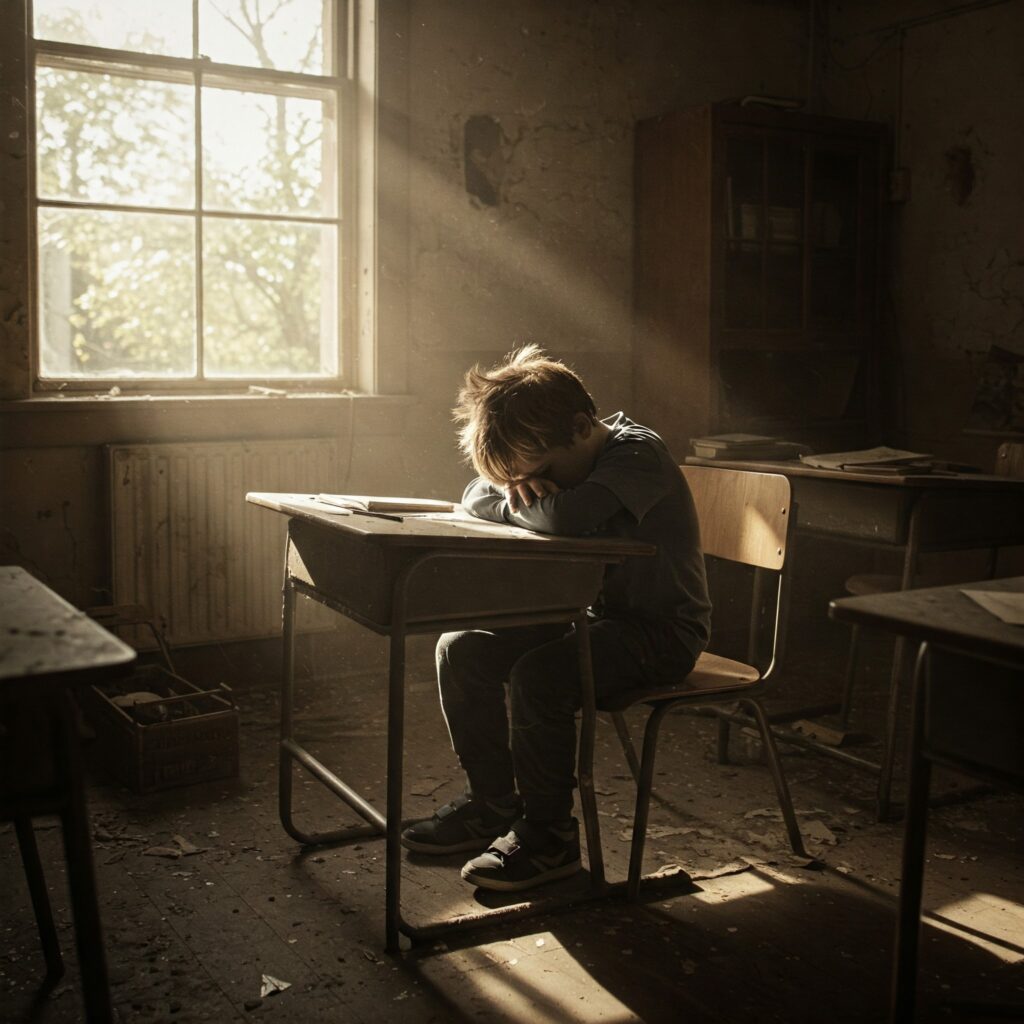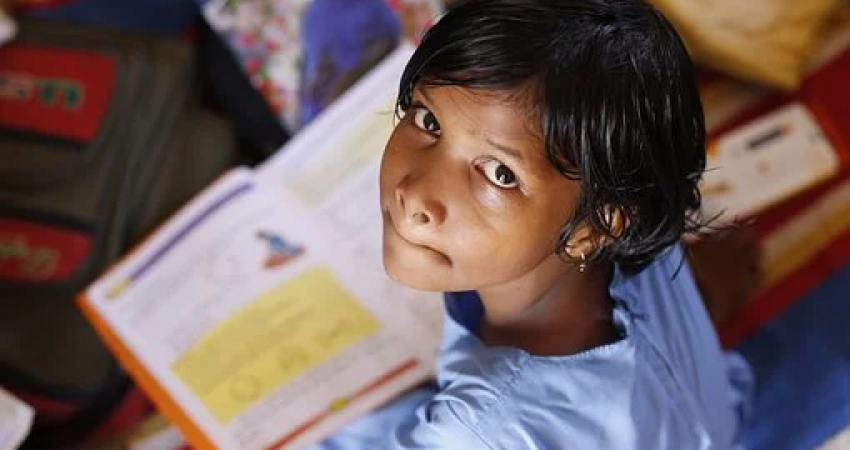Education is a basic right, but for millions of poor children in Pakistan, it remains a distant dream. Despite efforts by the government and NGOs, many children are still out of school. The reasons are complex and interconnected, rooted in poverty, lack of access, and social inequality. Let’s explore the main challenges that keep poor children away from classrooms.
1. Poverty – The Biggest Barrier
For families living below the poverty line, sending children to school often takes a back seat. Parents struggle to afford basic needs like food and shelter, so school fees, uniforms, books, and transport become luxuries they cannot afford. In many cases, children are forced to work to support their families instead of studying.
2. Lack of Access to Schools
In rural areas, especially in Balochistan, Sindh, and Khyber Pakhtunkhwa, schools are either too far away or not available at all. Girls are the most affected by this. Long travel distances combined with safety concerns mean that many parents prefer to keep their daughters at home.
3. Poor Quality of Education
Even when schools are available, the quality of education is often very low. Many government schools lack trained teachers, proper infrastructure, clean water, and toilets. This discourages both students and parents from continuing education, especially when it doesn’t seem to lead to a better future.
4. Child Labor
In poor households, every family member is expected to contribute. Many children work in fields, factories, shops, or even as domestic workers. These children often have no choice – working is the only way to survive. Without financial support or flexible education systems, it becomes impossible for them to attend school.
5. Cultural and Gender Norms
In some areas, cultural beliefs also play a role. Girls are expected to stay home and help with chores, and in conservative families, education is seen as unnecessary or even inappropriate for girls. Early marriages also take many young girls out of school permanently.
6. Lack of Awareness
Some parents, especially those who are illiterate, don’t understand the long-term value of education. When they haven’t experienced its benefits themselves, they may not prioritize it for their children either.


What Can Be Done?
- Free and accessible education: The government must increase funding for education and build more schools, especially in underserved areas.
- Awareness campaigns: Educating parents about the benefits of education can change mindsets.
- Focus on girls’ education: Ensuring safety, building separate toilets, and hiring female teachers can help encourage girls to attend school.
- Support programs: Scholarships, school meal programs, and transportation can reduce the financial burden on poor families.
Conclusion
Education is the key to breaking the cycle of poverty. When poor children are kept out of school, the whole country suffers. It is not just a personal loss for each child—it is a national issue that requires urgent attention. By working together—government, civil society, and communities—we can give every child in Pakistan the chance to learn, grow, and build a better future.
Education is the key to a brighter future. Let’s give every child in Pakistan the chance to learn and grow with KGNT

Faucibus ornare suspendisse sed nisi lacus sed viverra tellus in. Tempor nec feugiat nisl pretium fusce id velit ut tortor. Sit amet consectetur adipiscing elit duis tristique sollicitudin nibh. Massa ultricies mi quis hendrerit dolor magna eget est.
Lorem ipsum dolor sit amet, consectetur adipiscing elit, sed do eiusmod tempor incididunt ut labore et dolore magna aliqua. Ut enim ad minim veniam, quis nostrud exercitation ullamco laboris nisi ut aliquip ex ea commodo consequat. Duis aute irure dolor in reprehenderit in voluptate velit esse cillum dolore eu fugiat nulla pariatur.